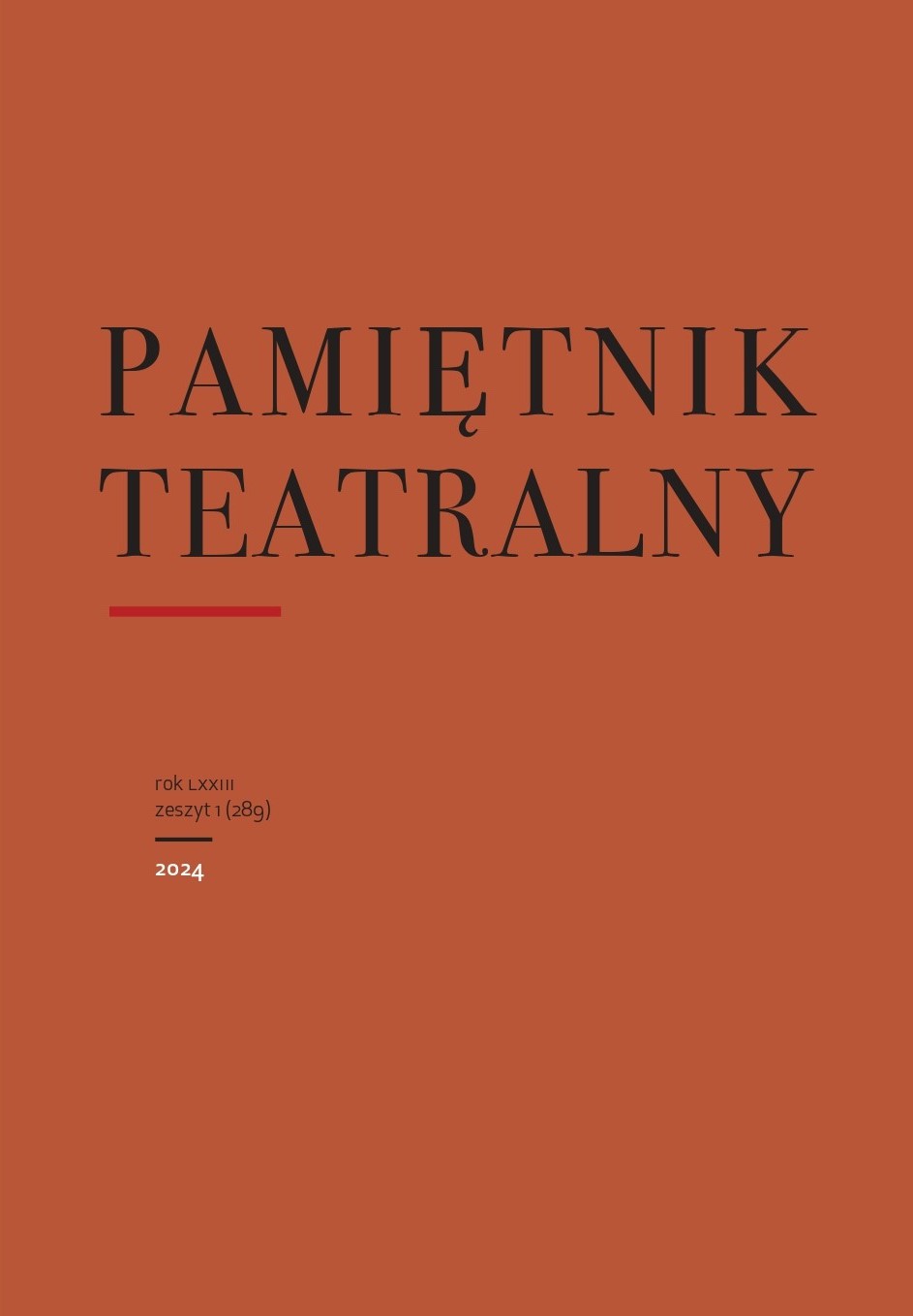Parangolés
Taniec i uruchomienie ciała widza w sztuce brazylijskiej lat sześćdziesiątych
Parangolés: Dance and the Activation of the Viewer’s Body in Brazilian Art of the 1960s
Author(s): Agnieszka SosnowskaSubject(s): Theatre, Dance, Performing Arts, Sociology of Art, History of Art
Published by: Instytut Sztuki Polskiej Akademii Nauk
Keywords: Hélio Oiticica; samba; sculpture; viewer; carnival; participation; dance;
Summary/Abstract: The author analyses the art of Hélio Oiticica and Brazilian Neo-Concrete Move- ment (Neoconcretismo) in order to illustrate a shift in the paradigm of the artwork occurring since the 1960s, interpreted as a journey from the artwork regarded as an object to an ephemeral event. This shift entails the perception of the work of art being embedded in experience, a redefinition of the role of the viewer, and an outward turn towards everyday life and the social and political reality. The article focuses on the cycle Parangolés, created between 1964 and 1968, to show how dance became for Oiticica a medium for the transformation of art as well as social life. His Parangolés resemble colourful sheets or long sashes. They are made without regard for the size of a particular body. Wrapping them around oneself, one has to adjust them to one’s figure and, by mastering the textile matter, create a spatial composition. They are thus experienced as a kind of mobile sculpture that moves with or directly on the wearer.
Journal: Pamiętnik Teatralny
- Issue Year: 73/2024
- Issue No: 1
- Page Range: 83-96
- Page Count: 14
- Language: Polish

